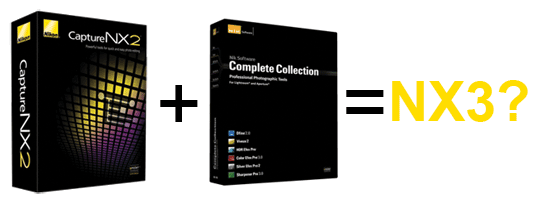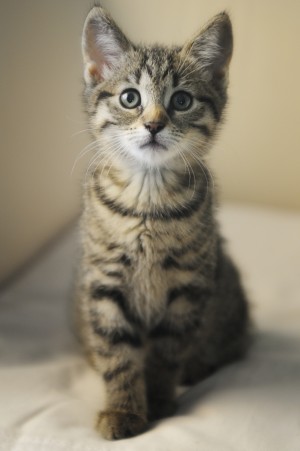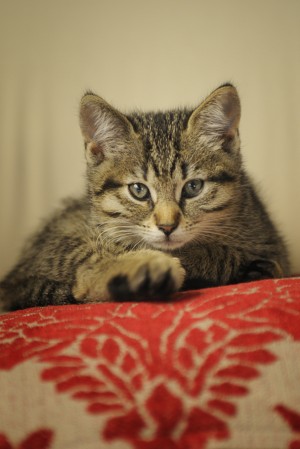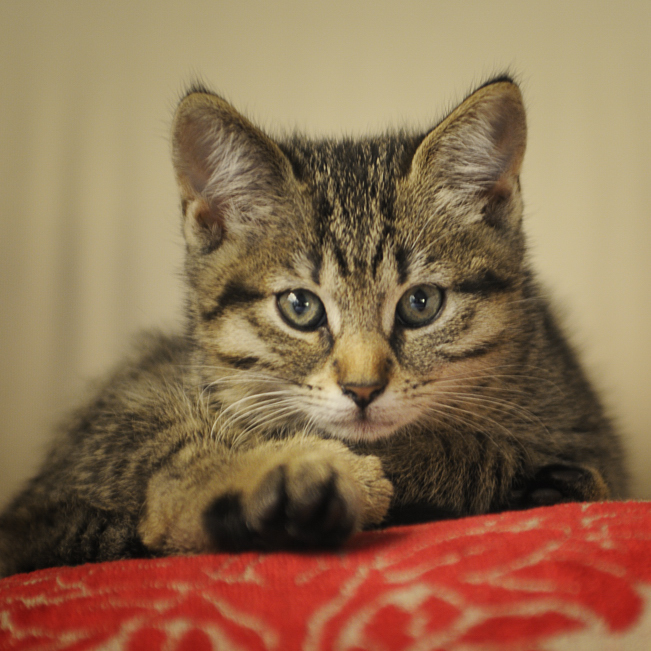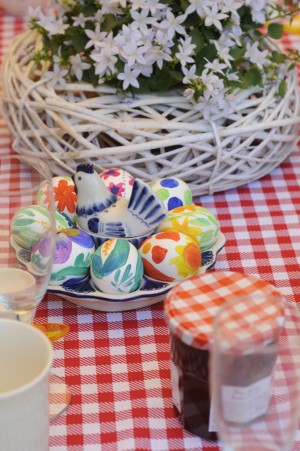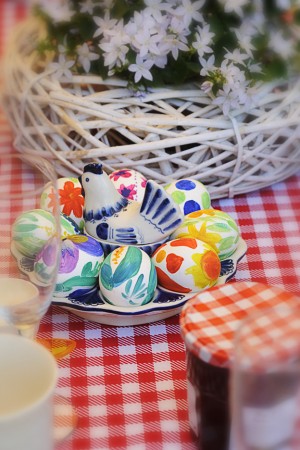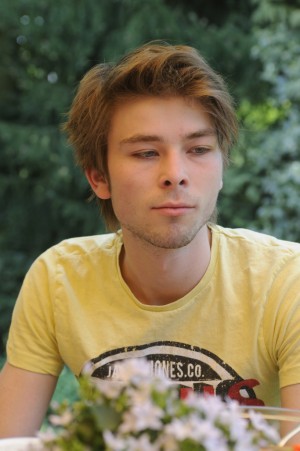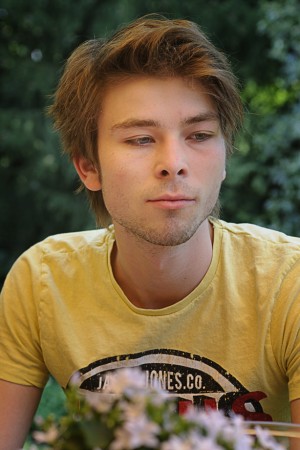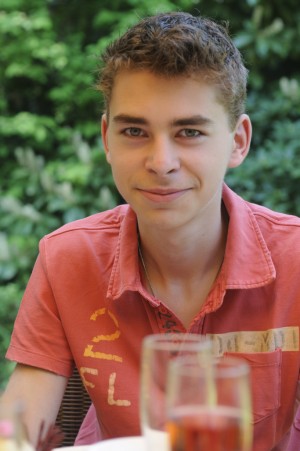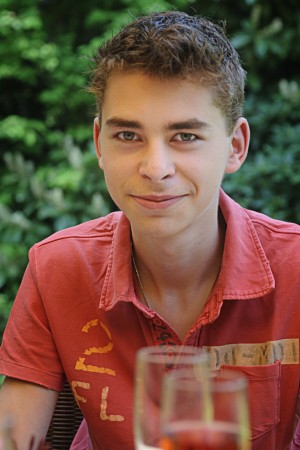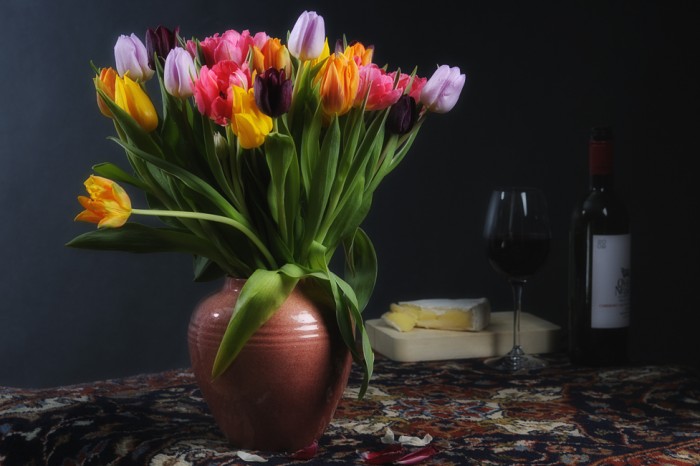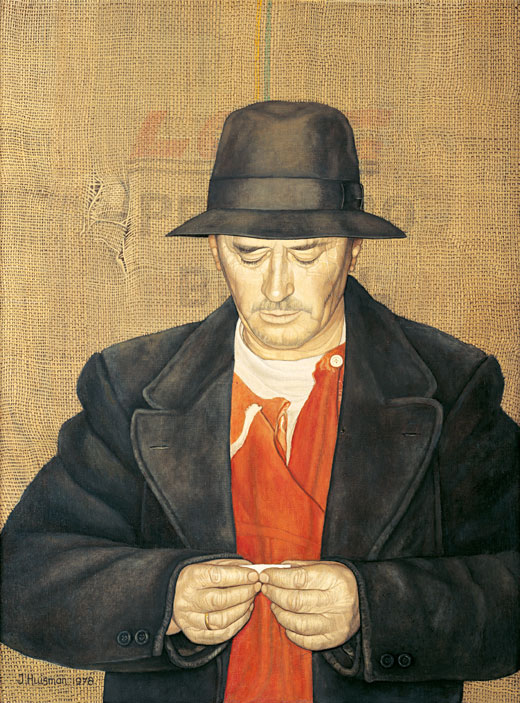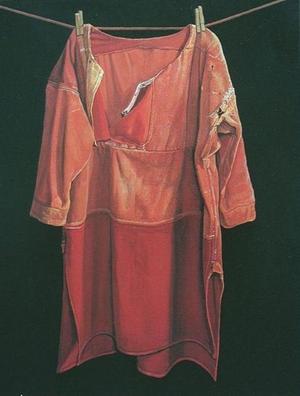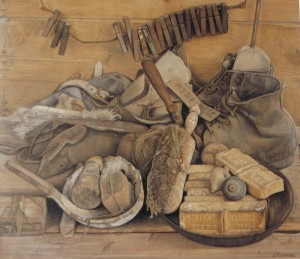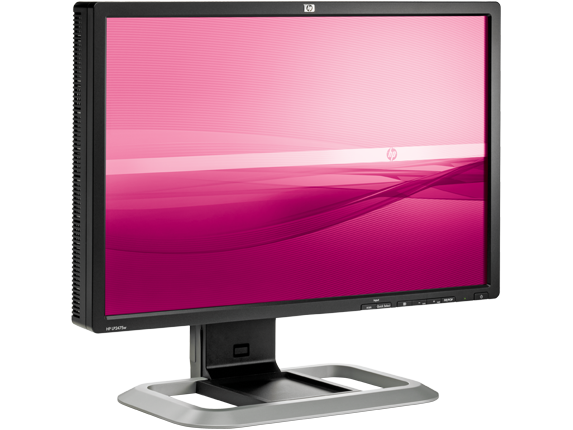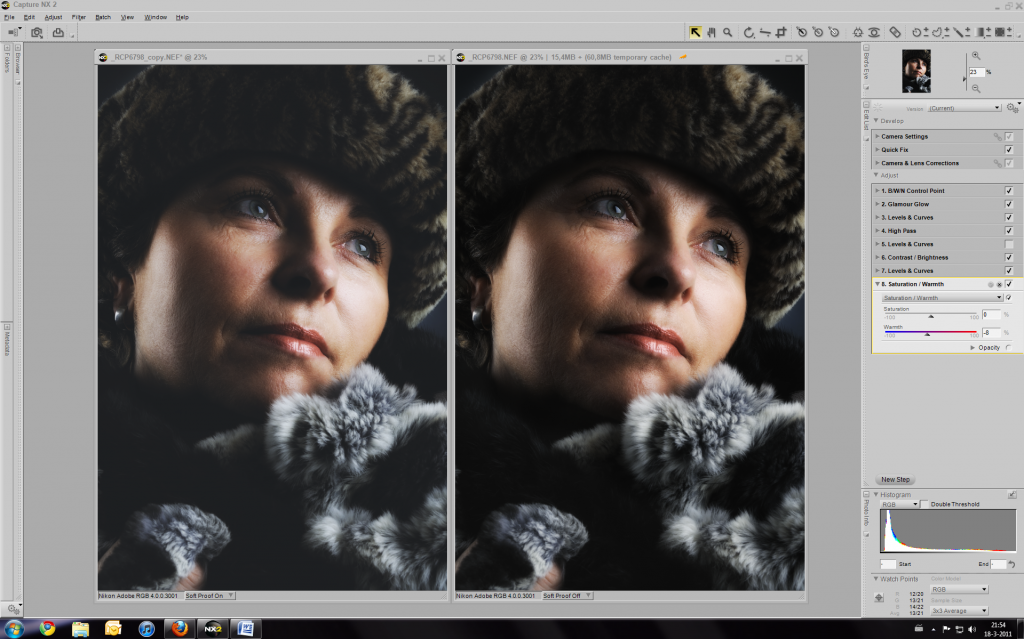An article in the May edition of National Geographic triggered me. It was about the work of photographer Abelardo Morell. I was certain I came across his name before. And I was right. It was in the first episode of the BBC series The Genius of Photography. Abelardo Morell is specialized in the area of Camera Obscura. What he does is to make a room (or any space) completely 100% pitch dark. Making absolutely sure no light is coming in. Then he makes a small hole in one of the pieces of plastic he covered the windows with. What you then get is the outside view being projected upside-down on one of the opposite walls. This is the very foundation of photography. It’s the same technique being used by millions of us with our cameras every day. I find this so incredibly fascinating that I decided to dedicate an entry on it.
To see Morell in action, click here. It will take you to Episode 1 of the Genius Of Photography series on YouTube. The piece I’m referring to here is called Fixing the Shadows and starts at 3:12. So you have to fast foward a little bit. I desperately urge you to see this, though, in order to understand the fundamentals and very basics of photography. To see more of his camera obscura work, visit his website by clicking here. Browse the images or go to some other parts of the site to read Morell’s biography or see his other work.
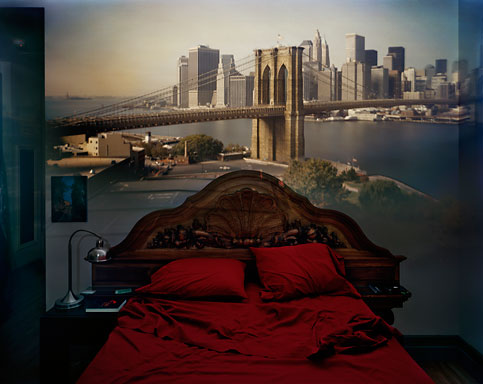 The principle of the camera obscura was already described by Aristotle as early as in the 4th century BC. Later on it was further refined by Da Vinci. This ultimately led to the very first cameras by Daguerre and Niepce. That’s how it all started and resulted in the cameras that we all know and love today. In line with what I wrote in earlier posts this month, the above image might easily be interpreted by a younger generation as the result of some Photoshop editing. You simply overlay one picture of a bed in a room with another picture of the Brooklyn Bridge. And that’s exactly my whole point! That is not the way it should be done! The reason why the image is so exceptional is the fact that it’s not created with an editing tool like Photoshop or Capture NX2. The effect you see on the image was created on purpose and at the time the picture was taken. The photographer – Abelardo Morell in this case – knew exactly what he was doing. He created the effect by understanding the basic principles of photography. I can only think of one word when I see a picture like this: respect.
The principle of the camera obscura was already described by Aristotle as early as in the 4th century BC. Later on it was further refined by Da Vinci. This ultimately led to the very first cameras by Daguerre and Niepce. That’s how it all started and resulted in the cameras that we all know and love today. In line with what I wrote in earlier posts this month, the above image might easily be interpreted by a younger generation as the result of some Photoshop editing. You simply overlay one picture of a bed in a room with another picture of the Brooklyn Bridge. And that’s exactly my whole point! That is not the way it should be done! The reason why the image is so exceptional is the fact that it’s not created with an editing tool like Photoshop or Capture NX2. The effect you see on the image was created on purpose and at the time the picture was taken. The photographer – Abelardo Morell in this case – knew exactly what he was doing. He created the effect by understanding the basic principles of photography. I can only think of one word when I see a picture like this: respect.
